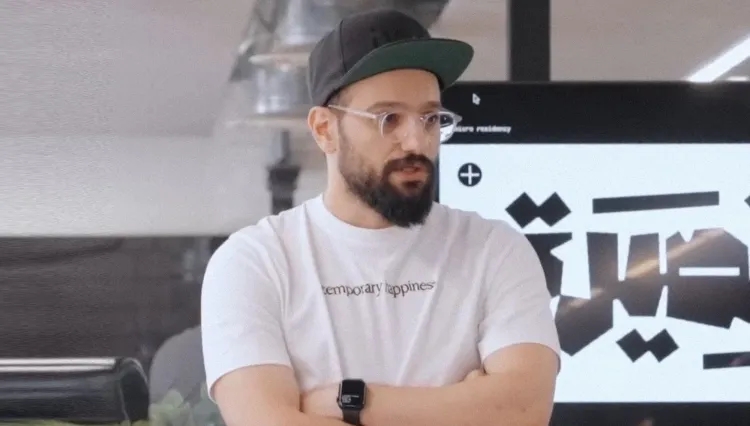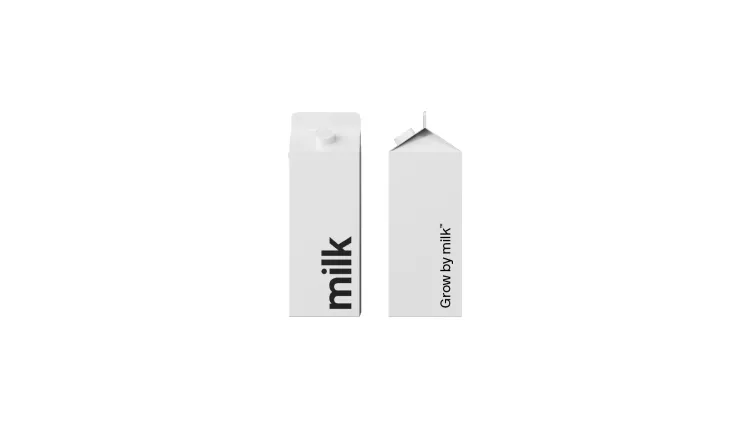Unlocking Tomorrow through Trend Forecasting
Share
In today's fast-paced business environment and ever-changing world, brands must stay ahead of the curve. One of the best practices for achieving this is to utilize the power of trend forecasting in branding and strategy. It helps brands anticipate emerging trends, understand consumer behavior, and make informed decisions to shape their brand positioning.
What is Trend Forecasting?
Trend forecasting is a process that involves using research and consumer data to predict future buying habits, market trends, and cultural influences. This process provides brands with valuable insights that help them create effective strategies based on data and extensive research into their target audience's preferences. It also enables them to communicate with their target audience and society in an impactful and effective way.
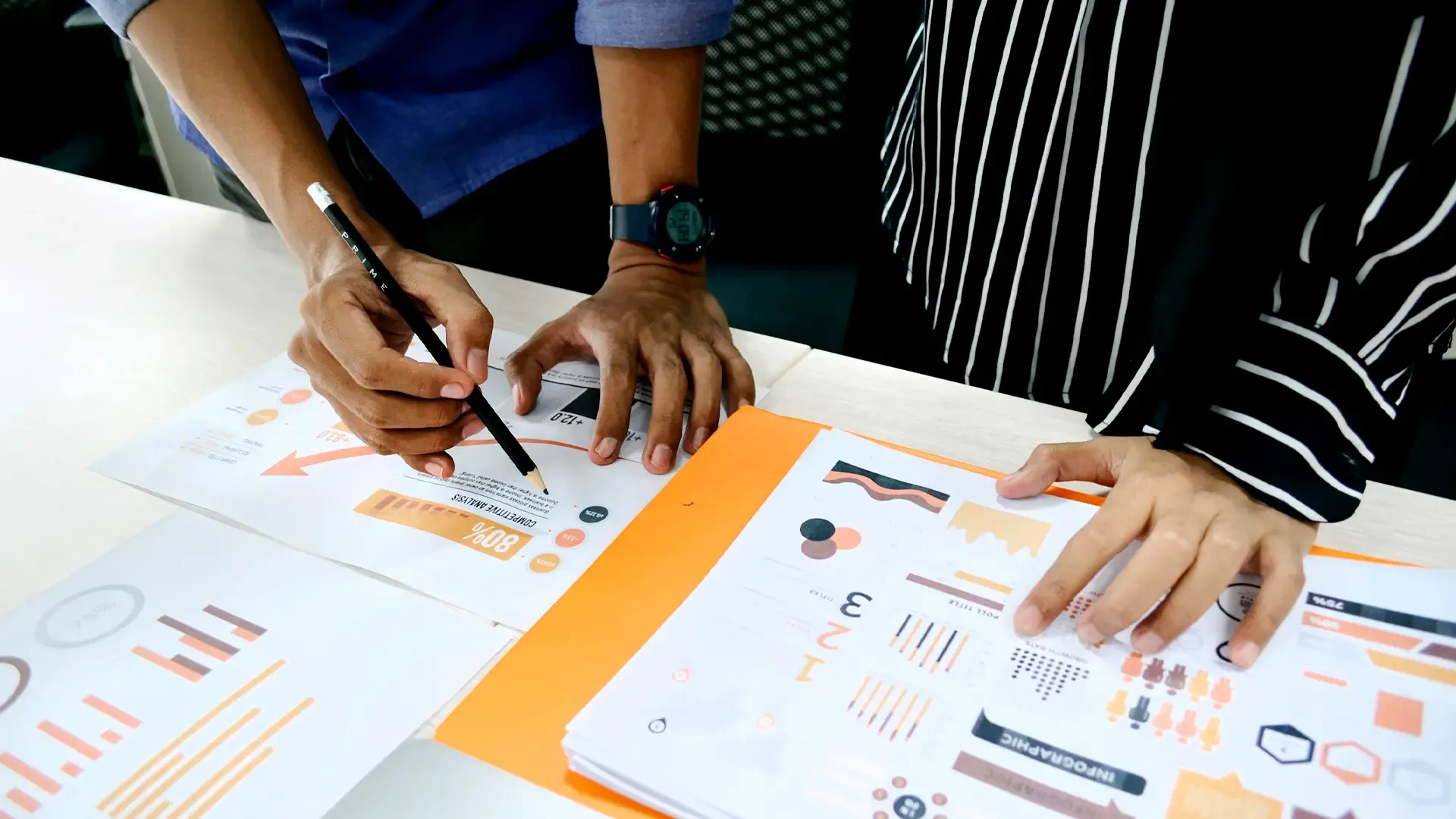
Furthermore, by using trend forecasting, brands can gain a competitive edge by identifying upcoming trends and modifying their products or services accordingly. Trend forecasting also helps brands comprehend customers' requirements and preferences, producing products or services more aligned with their needs. Additionally, by being aware of current and emerging trends, brands can reduce the risk of investing in products or services that must be updated or made more popular.
What Are the Research Methods Used in Trend Forecasting?
Trend forecasters use qualitative and quantitative methods to collect and analyze data. Qualitative data collection aims to capture insights, opinions, and subjective information. This approach involves conducting in-depth interviews, organizing focus groups, making observations, and analyzing expert opinions. On the other hand, quantitative data collection relies on numerical data and statistical analysis. This method involves conducting surveys and questionnaires, tracking data, and performing trend analysis. Combining qualitative and quantitative data aids brands in making informed decisions and developing effective strategies.
Some of Today’s Most Significant Trends
Today’s three top trends in branding and strategy are sustainability, digital transformation, and personalization. Accordingly, most brands have started incorporating it into their strategy and communications to meet consumers' changing needs and expectations while improving their experience.
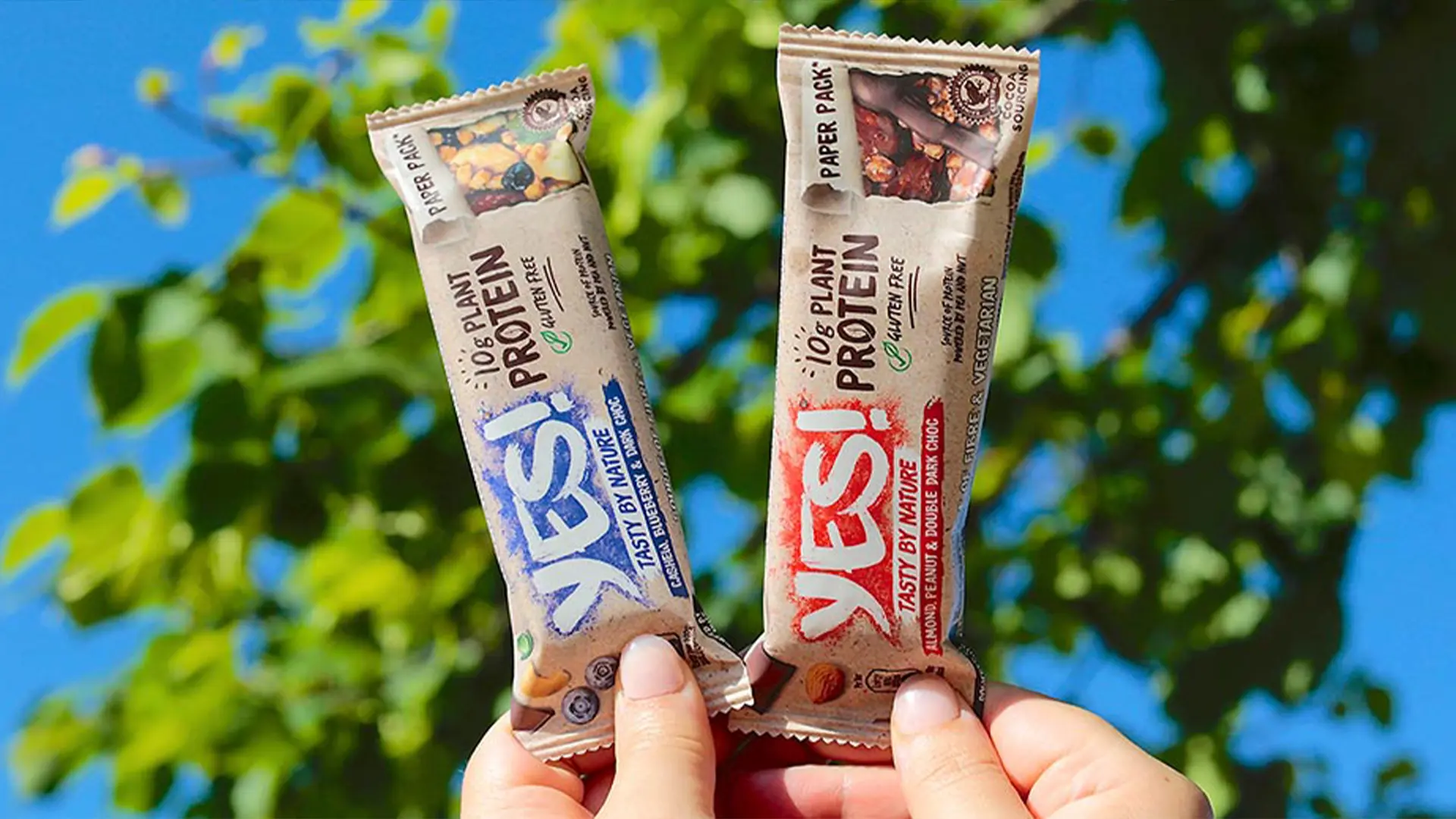
Sustainability
Sustainability has become a key focus for brands as consumers increasingly prioritize environmentally friendly practices, such as reducing carbon emissions and implementing eco-friendly packaging; brands demonstrate their commitment to environmental responsibility By integrating sustainable initiatives into their communication, which contributes to a positive brand image. For example, Nestlé has recently introduced a new range of snack bars named!, which are wrapped in recyclable paper. The introduction of these bars shows Nestlé's dedication to sustainability and reducing plastic waste. The recyclable paper wrappers align with the rising demand among consumers for sustainable packaging options and demonstrate Nestlé's efforts to promote a circular economy. Also, Tetley, a renowned tea brand, has launched a biodegradable tea bag made from plant-based material as part of its sustainability commitment. The eco-friendly tea bag is an alternative to traditional bags made of plastic. It reflects Tetley's dedication to sustainable practices and providing consumers with more eco-conscious options.
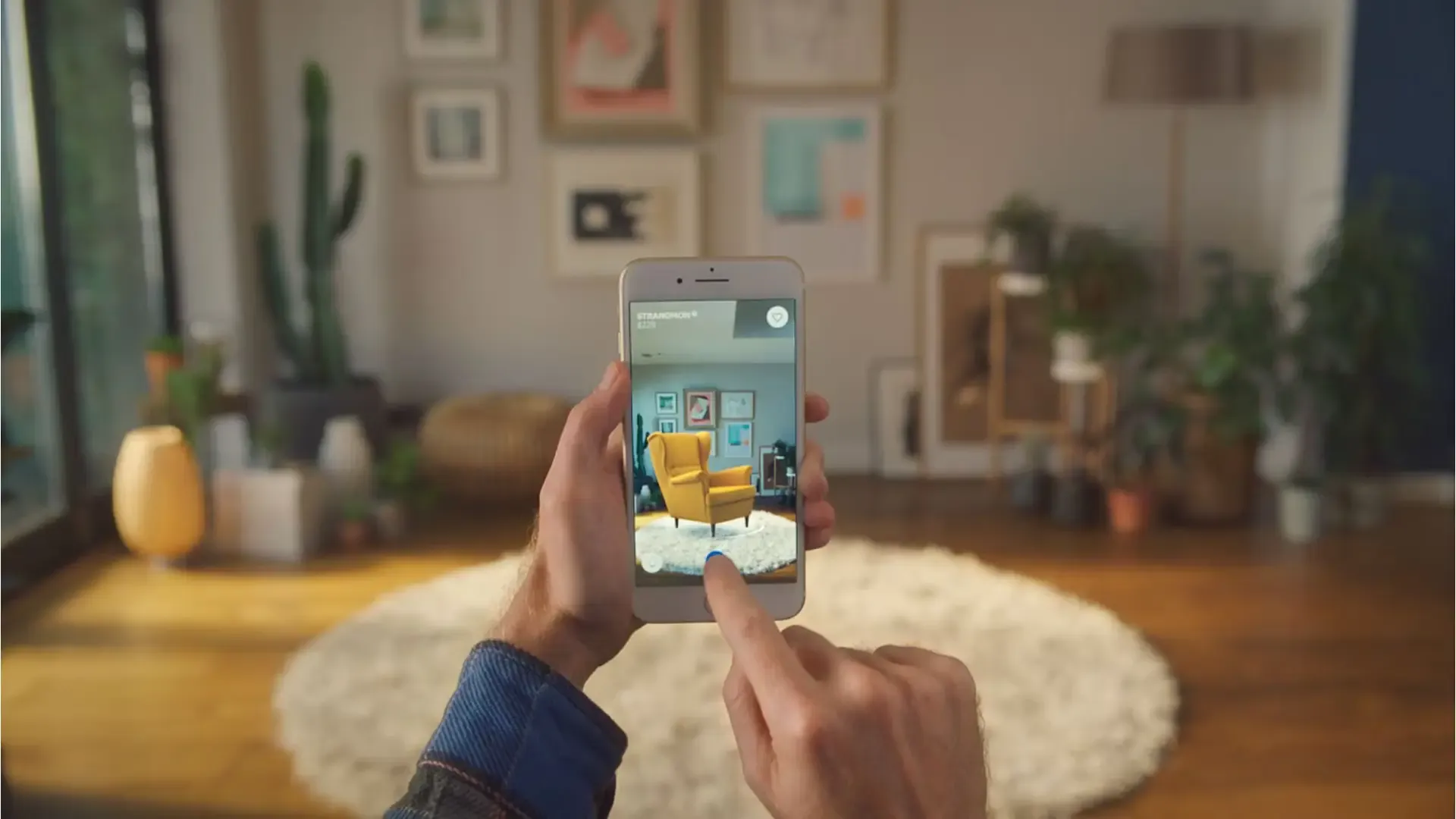
Digital Transformation
The COVID-19 pandemic has accelerated the process of digital transformation in various industries. Due to the restrictions and social distancing measures imposed during the pandemic, many brands had to quickly adapt to digital solutions to continue operations and serve their customers. As a result, there has been a significant shift towards online platforms, digital communication, and remote work. For example, Airbnb and IKEA have utilized digital transformation to improve their services and deliver innovative customer experiences. Airbnb provides a seamless booking experience through user-friendly websites and mobile apps. Users can search, view, and book accommodations with secure payment systems. Trust and transparency are ensured through robust review and rating systems. Ikea uses virtual/mixed-reality room design tech to help customers plan their spaces. It lets them try out furniture layouts and visualize products in their homes, making shopping a more rewarding experience.
Personalization & Customization
Brands use personalization to provide exclusive and personalized customer experiences. By providing customization options, brands can improve customer satisfaction, encourage loyalty, and distinguish themselves in the market. Personalization enables customers to feel more attached to the brand and receive products or services that align with their needs and preferences. For instance, Spotify uses advanced algorithms to suggest personalized playlists and music recommendations based on users' preferences. This improves their listening experience by introducing them to new artists and songs that match their musical tastes. On the other hand, Le Labo allows customers to customize perfume ingredients that are specifically prepared for them. Customers can even have their names engraved on the Le Labo perfume bottle. Additionally, Deliveroo provides a tailored experience based on users' preferred choices. They allow customers to customize their menu if they have allergies or follow a vegetarian diet.
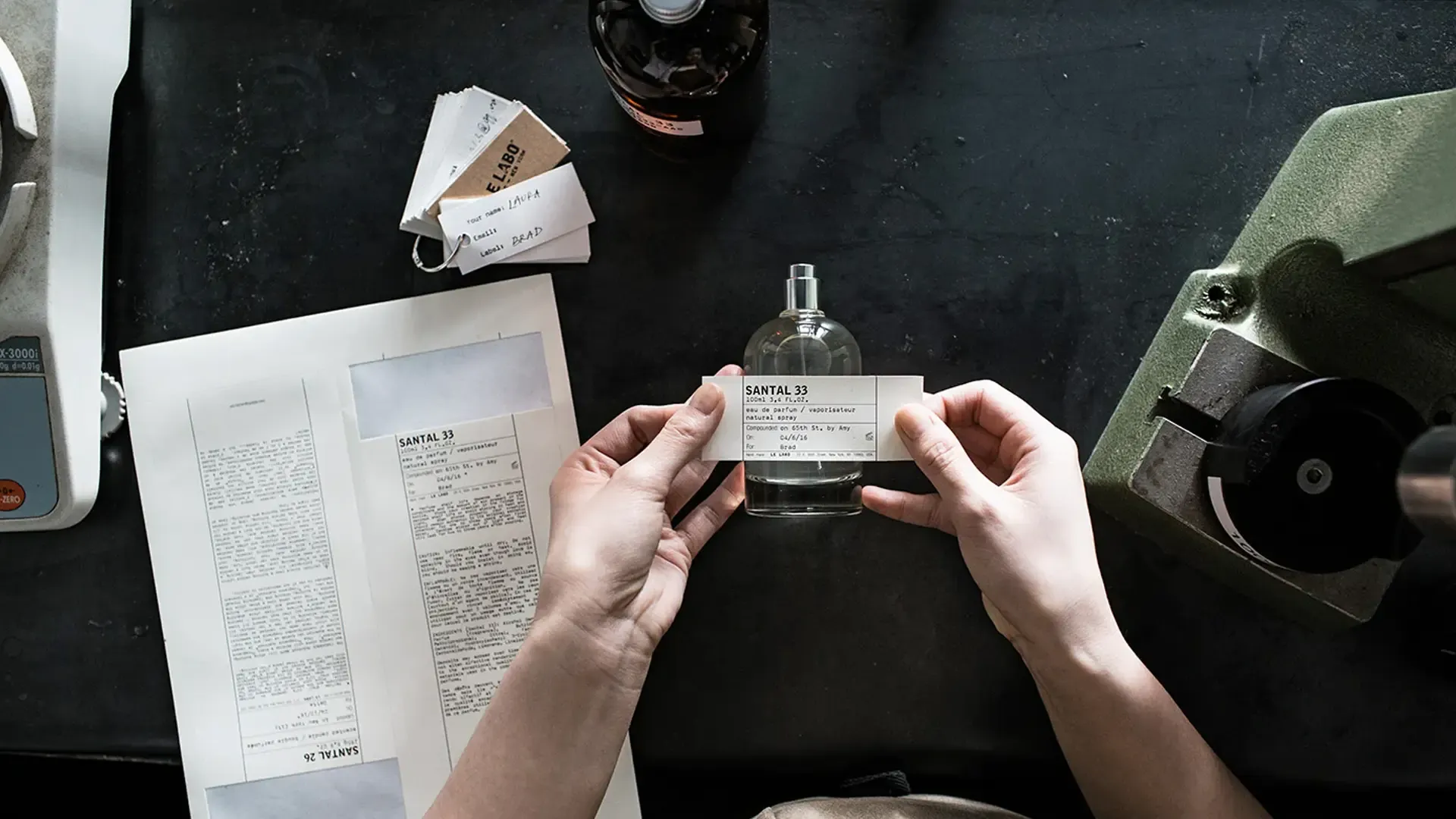
Moreover, many other trends are gaining popularity, such as shape-shifting logos, which can adapt to different platforms and leave a long-lasting impression. Another trend is using AI-generated content in advertising and marketing campaigns, such as social media posts and photography. Moreover, minimalistic and nostalgic designs are getting back on the map, brands are going back to a retro look and feel, tapping into people's memories of past decades, and creating a sense of nostalgia that appeals to all age groups. Saudi Airlines and Kodak are some brands that have embraced this trend in their latest rebranding efforts. By embracing these new trends, brands can create innovative ways to connect with their customers.

Overall, Trend forecasting plays a crucial role in expanding brands. It is an essential tool that enables brands to stay connected with their customers, adapt to ever-changing demands, and showcase their ability to meet evolving consumer expectations. Trend forecasting is a powerful tool that empowers brands to be proactive, innovative, and customer-focused, eventually leading to growth, fostering strong brand loyalty, and building successful brands.

